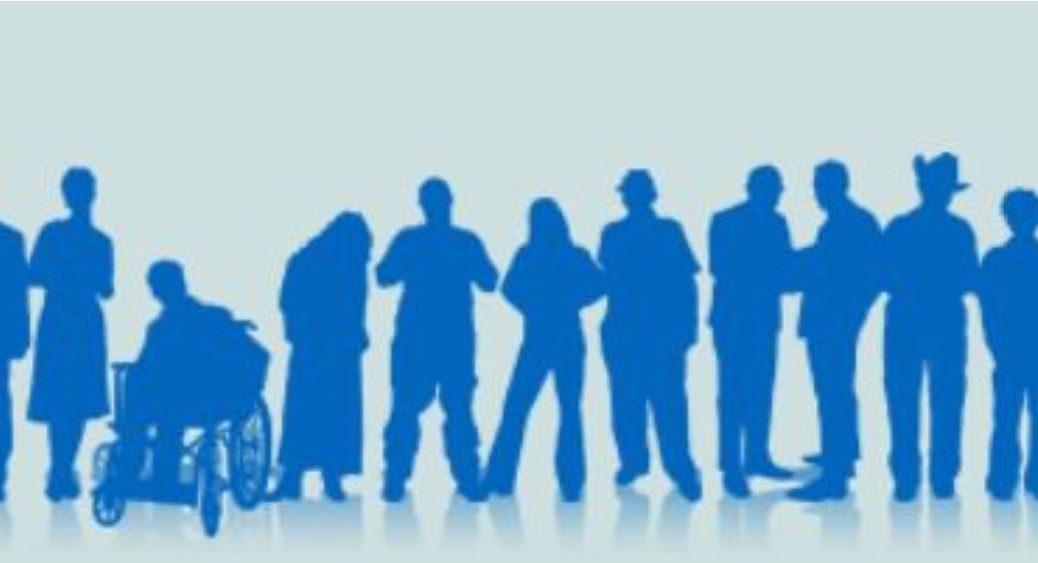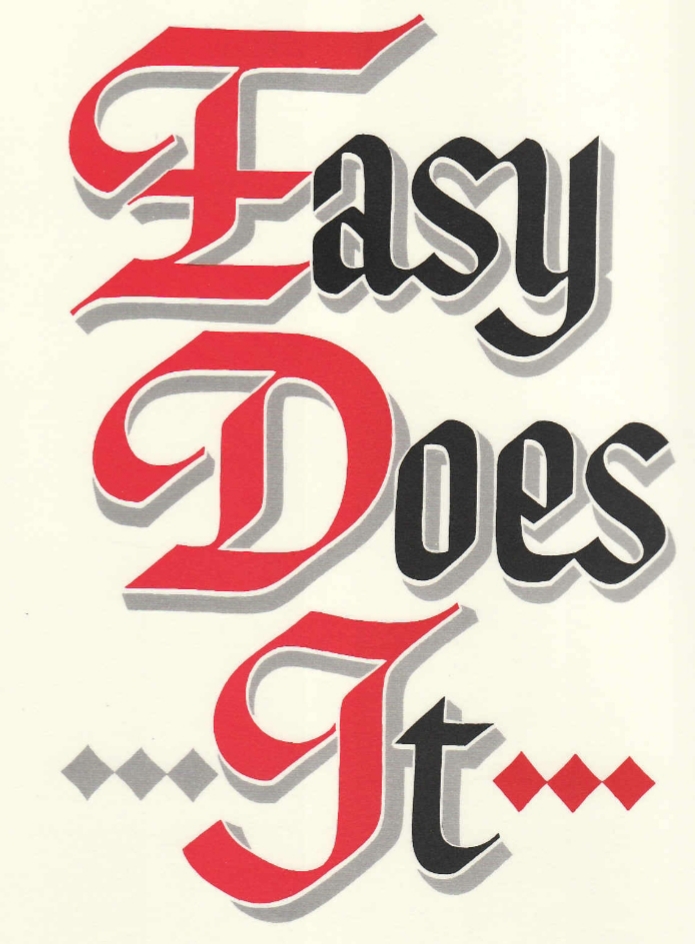“By leading with our weakness. There is an attractive healing atmosphere in meetings when someone is transparent, naive, “innocent,” and self-revealing at depth. He or she may even be a newcomer, which is often the case and why we need them to help keep us honest. Vulnerable, and like a child, we take the supreme risk of exposing the truth about ourselves, dark as it may be. We lead with our weakness because that’s where we’re hurting, and this becomes the point of our identification with each other, the point of true union. Once this single ray of light shines in a meeting, it finds ready reception and response in the others present. Honesty is catching; we’re learning to walk in the light.” (SA WB pg. 187)
For the past 20 years I have heard many people discuss their fears about “what if someone found out?”
I believe the addict is the “last one to find out”. In other words, generally speaking, everyone already knows the addict’s life is unmanageable, or they are out-of-control, or at the very least a bit crazy. However, perhaps the addict is very good at hiding it.
Having been a master of disguise for over 40 years, I believe you cannot bullshit a bullshiter. In other words, when I was a child, they used to say, “if you spot it, you got it” and “if you smelt it you dealt it”. In AA they say, “a real tosspot calling a kettle black”.
“In some sections of A.A., anonymity is carried to the point of real absurdity. Members are on such a poor basis of communication that they don’t even know each other’s last names or where each lives.” – As Bill Sees it, page 241
“…[Dr. Bob] said there were two ways to break the Anonymity Tradition: (1) by giving your name at the public level of press or radio; (2) by being so anonymous that you can’t be reached by other drunks.” – Dr. Bob and the Good Old Timers, page 264
Additional references:

